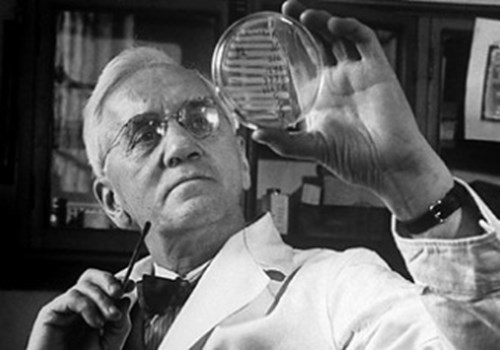Type Strains – the most important strains in NCTC?

Approximately one fifth of the bacteria in NCTC are cultures of type strains; the strains on which the description of species are based. A bacterial species invariably includes multiple strains that are of common origin and show more similarity to each other than to any other strain. We could consider the type strains to be the most important strains in NCTC because they are the points of reference that other strains must be compared with when determining which species they belong to.
Usually, the first strain of a species to be isolated serves as the type strain, however there are exceptions. It is also important to note that the type strain is not necessarily either phenotypically or genomically the most typical representative of a bacterial species.
An example is NCTC 86, being isolated in 1885 from a sample of human faeces and is the first known isolate of Escherichia coli, does not serve as the type strain of the species. This strain does not appear to possess any genes associated with pathogenicity1. However, there are vast numbers of clinically significant E.coli strains that are capable of producing virulence factors such as adhesins, haemolysins and toxins.
The International Committee on Systematics of Prokaryotes (ICSP) oversees the naming of new (novel) bacterial species, and the official journal for recording new bacterial names is the International Journal of Systematic and Evolutionary Microbiology (IJSEM). From 2002, both the ICSP and IJSEM require evidence that bacterial type strains are deposited in two recognised culture collections in two different countries. NCTC is among the most long-established culture collections in the world meeting the requirements for the deposit of type strains, having been established as a public service collection in 1920, and scientists continue to send novel species to NCTC to this day. The details of other collections that that also provide the type strains held by NCTC are available from the Culture Collections website with the information listed for the individual strains.
Currently NCTC safeguards almost 1000 type strains, many of which are the type strains of species of clinical or veterinary importance. NCTC type strains encompass bacteria in ACDP2 Hazard Groups 2 and 3 and include organisms as diverse as Campylobacter (more than 20 type strains), Mycobacteria (more than 40 type strains) and Mycoplasma (more than 60 type strains). We know that genomic information from type strains can refine our understanding of previously published taxonomic data3 and in recognition of this, our scientists and information technology specialists, in collaboration with the Wellcome Trust Sanger Institute (WTSI) and Pacific Biosciences (PacBio), are providing whole genome sequences for all NCTC type strains. We have completed this for more than half the type strains already and all the data will be available on line later this year.
NCTC staff understand the importance of making all NCTC strains and associated data readily available to the scientific community. It is essential that we keep abreast of taxonomic and nomenclature changes; a species may acquire more than one name and it is important to understand why changes and synonyms exist in bacterial taxonomy.
The type strains provide points of reference, allow previous work to be verified and enable additional characteristics of the species to be identified as new technologies emerge. If you have any queries about bacterial type strains please contact NCTC at: NCTCTechnical@PHE.gov.uk
References
1. Méric, Hitchings, Pascoe, & Sheppard. (2016). From Escherich to the Escherichia coli genome. The Lancet Infectious Diseases, 16(6), 634 636. http://www.thelancet.com/pdfs/journals/laninf/PIIS1473-3099(16)30066-4.pdf
2. Advisory Committee on Dangerous Pathogens (ACDP) http://www.hse.gov.uk/aboutus/meetings/committees/acdp/
3. Kyrpides NC, Hugenholtz P, Eisen JA, Woyke T, Göker M, Parker CT, et al. (2014) Genomic Encyclopedia of Bacteria and Archaea: Sequencing a Myriad of Type Strains. PLoS Biol 12(8) http://journals.plos.org/plosbiology/article?id=10.1371/journal.pbio.1001920
February 2017 (Edited January 2020)
